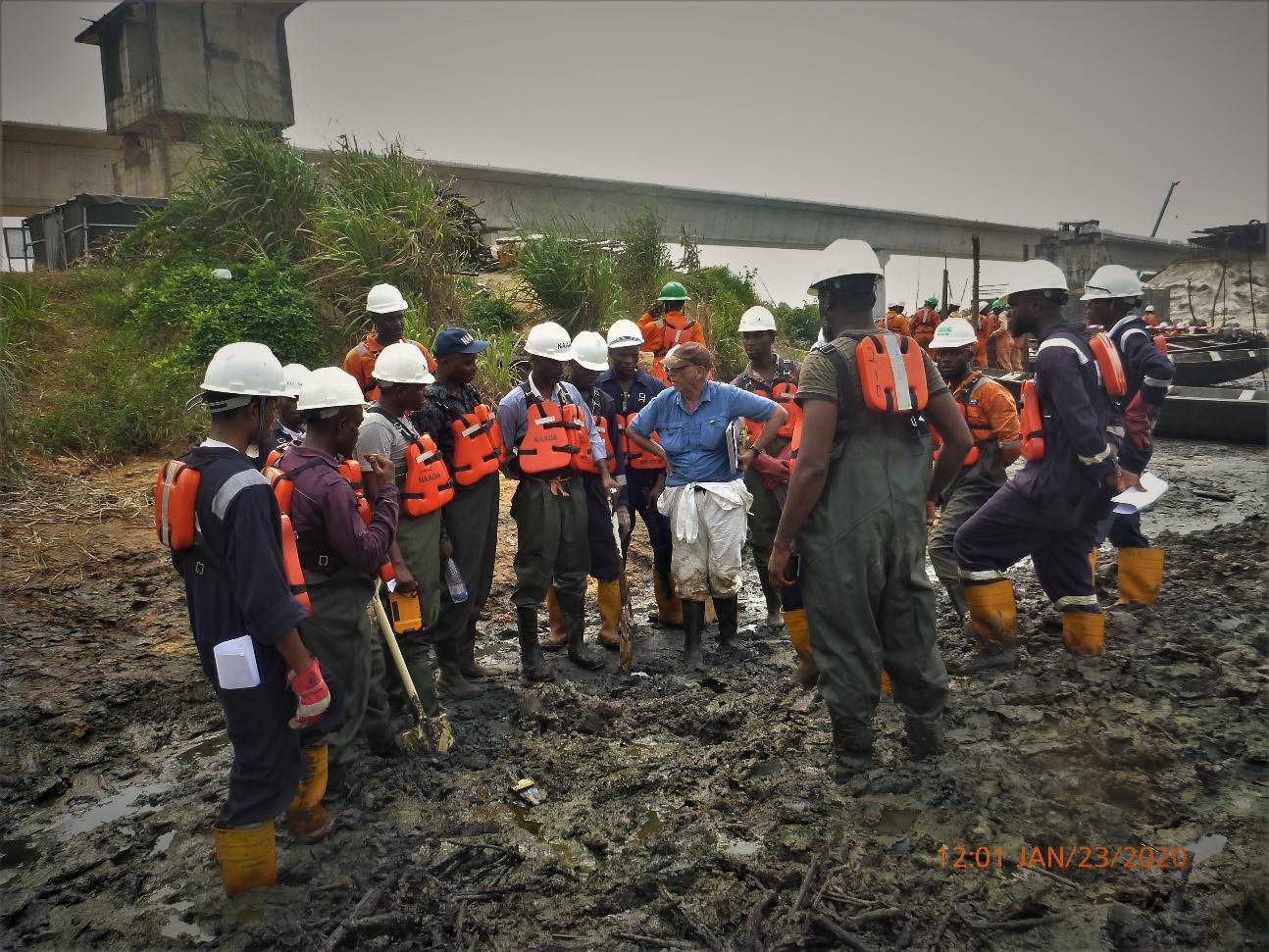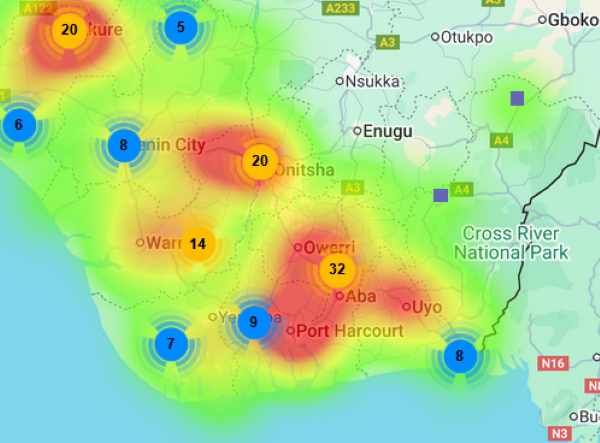
Dr. Erich Gundlach trains Remediation Companies on Site Characterization
February 5, 2020
The GTBank 2020 Economic Outlook
February 11, 2020
There were a number of changes in the Niger Delta peace and conflict landscape in 2019. A variety of interrelated and often overlapping conflict risk factors contributed to the changing conflict and security dynamics during the period. These conflict risk factors included historical tensions and a proliferation of armed groups (militant, criminal, and ethno-sectarian). This report examines the trends and patterns of conflict risk and violence, and identifies key interrelated drivers and pressures on peace and stability at the regional, state and local levels. Data sources include ACLED, Nigeria Watch, CIEPD, IPDU SMS early warning system, and others.
According to data, there was an increase in conflict risk and lethal violence in the Niger Delta in 2019, compared to the trend in 2018. Organized criminality, cult clashes, political tensions, land disputes and communal clashes were the primary causes of lethal violence during the period. Gang and political violence increased while communal violence decreased during the year. Other key conflict and security issues in 2019 include robbery, rival cult clashes, kidnapping, piracy, counter-insurgency operations, extra-judicial killings, ethno-nationalist agitations, mob violence, killing for ritualistic purposes, human trafficking, political tensions, violent protests, as well as domestic and sexual violence.
Gang violence, militancy/counter-insurgency operations, and communal conflict were the most lethal types of violence in 2019, as measured by fatalities per incident. According to data (see second graph on page 4), on the average, every incident of gang violence and militancy/counter-insurgency resulted in at least three fatalities. This was closely followed by inter-communal conflict with an average of 2.5 fatalities per incident.
Overall, the most reported incidents of violence related to criminality (including piracy, abductions, robberies, and killing for ritualistic purposes), with 444 fatalities in 260 incidents. This was followed by gang/cultists supremacy clashes with 272 fatalities in 78 reported incidents. Gang violence was reported in all the states in the region, but it was more prevalent in Rivers, Edo, and Delta.
Communal/ethnic tensions was the third highest conflict issue in the region during the year, resulting in 197 fatalities in 77 reported incidents. These incidents included land disputes, farmer/herder conflicts, and ethnic separatist agitation.
Political and election violence also caused over 100 fatalities during the period, especially in Rivers, Delta, and Bayelsa state. In the run-up to, and during the 2019 general elections, political tension was elevated in the Niger Delta. In February, for instance, 56 fatalities were reported in the region during the general elections.
The hotspots of conflict in the region remained largely unchanged in 2019, compared to 2018. According to data, the most violent states during the period, based on the number of reported conflict fatalities, were Rivers, Delta, Edo, and Cross River, respectively.
The most violent local government areas (LGAs) in 2019 were Khana (Rivers), Oredo (Edo), Obio/Akpor (Rivers), Yenagoa (Bayelsa), Odukpani (Cross River), Mbo (Akwa Ibom), Emohua (Rivers) Ethiope East (Delta), Port Harcourt (Rivers), and Oyigbo (Rivers), respectively.
Download conflict report below
PIND trains 153 Fish Smokers, reaches 289 women and 45 million via Peacebuilding messages








